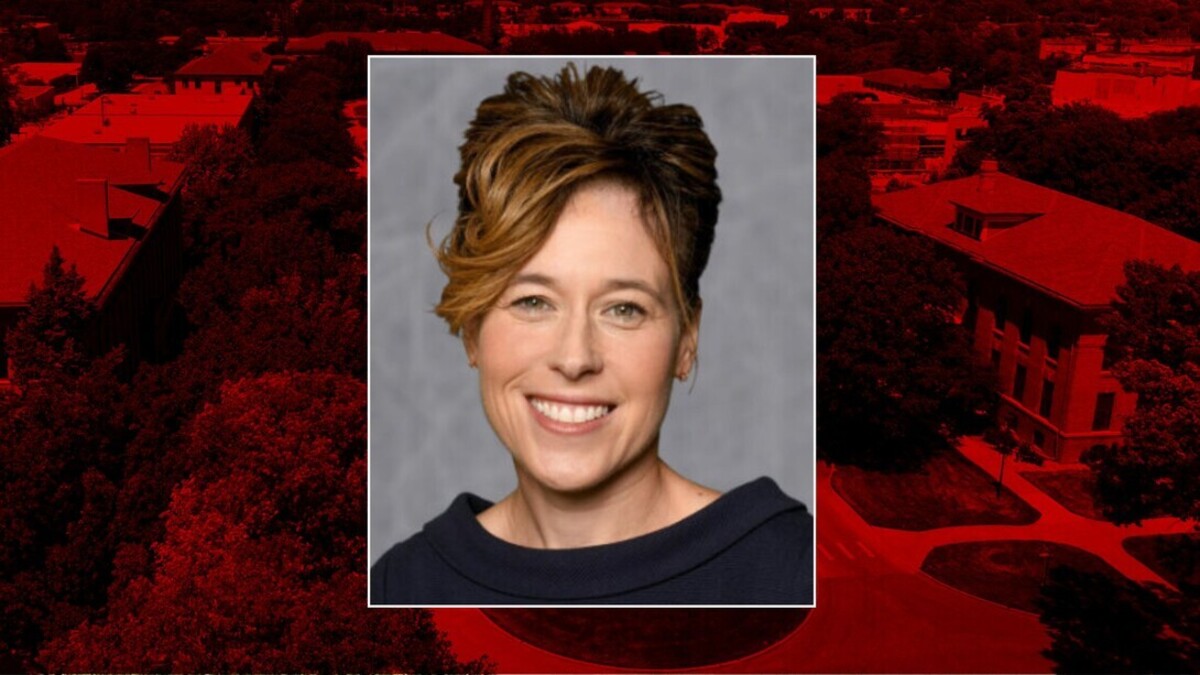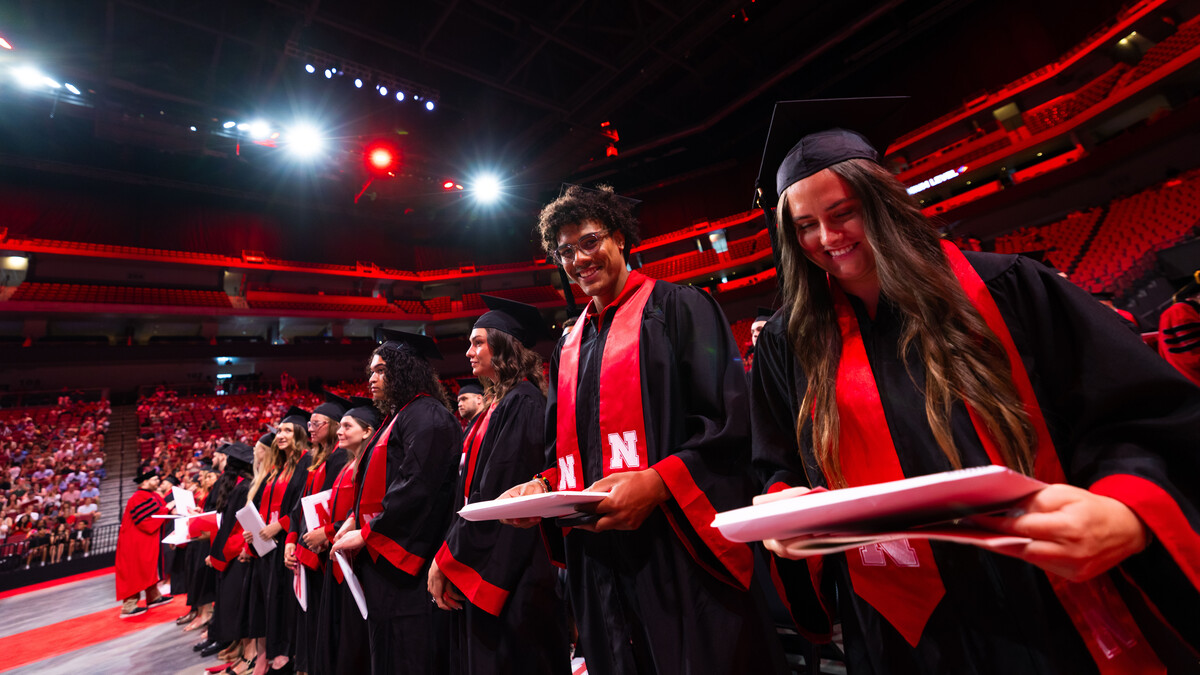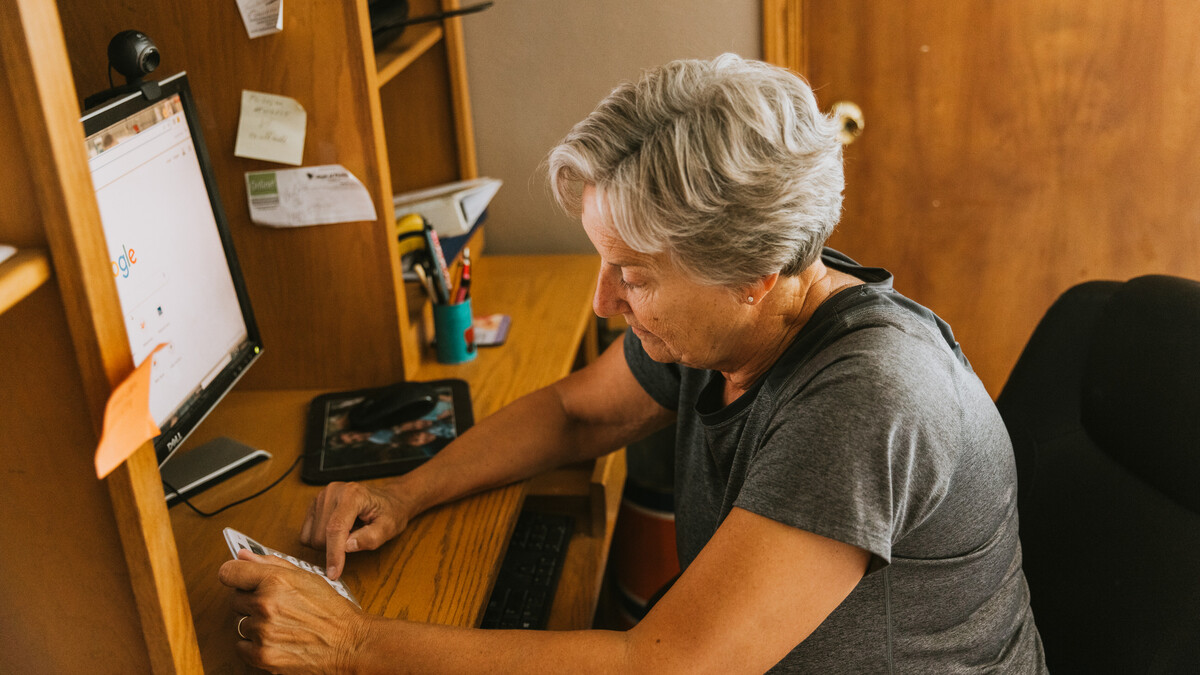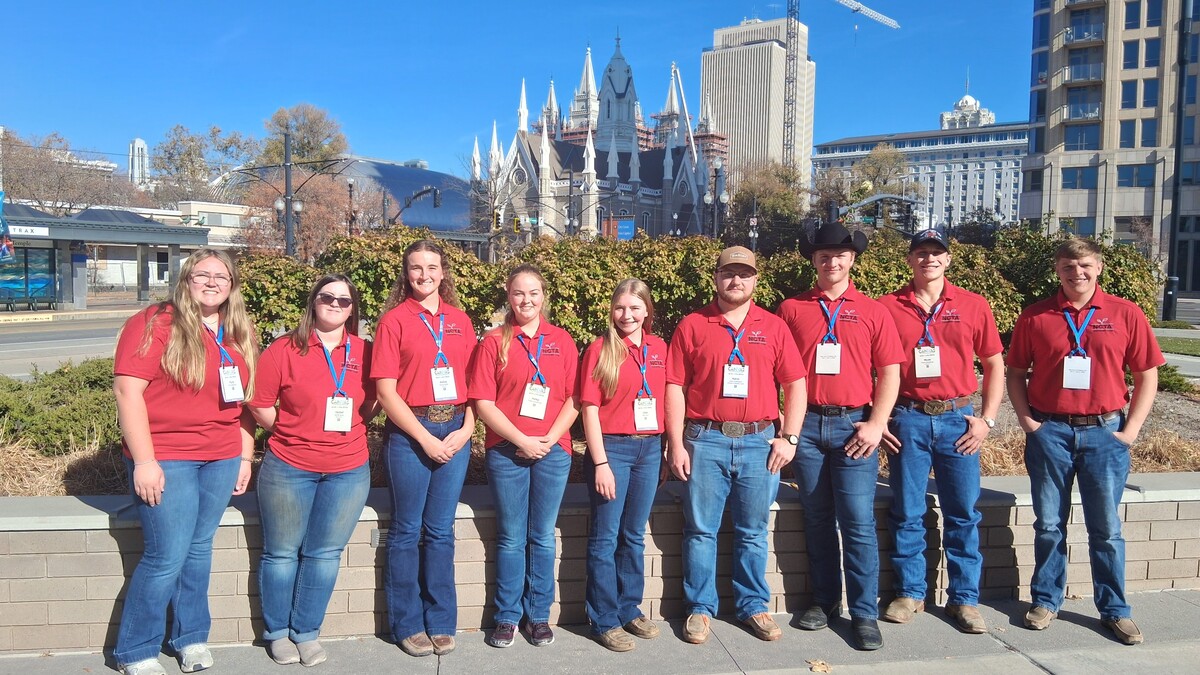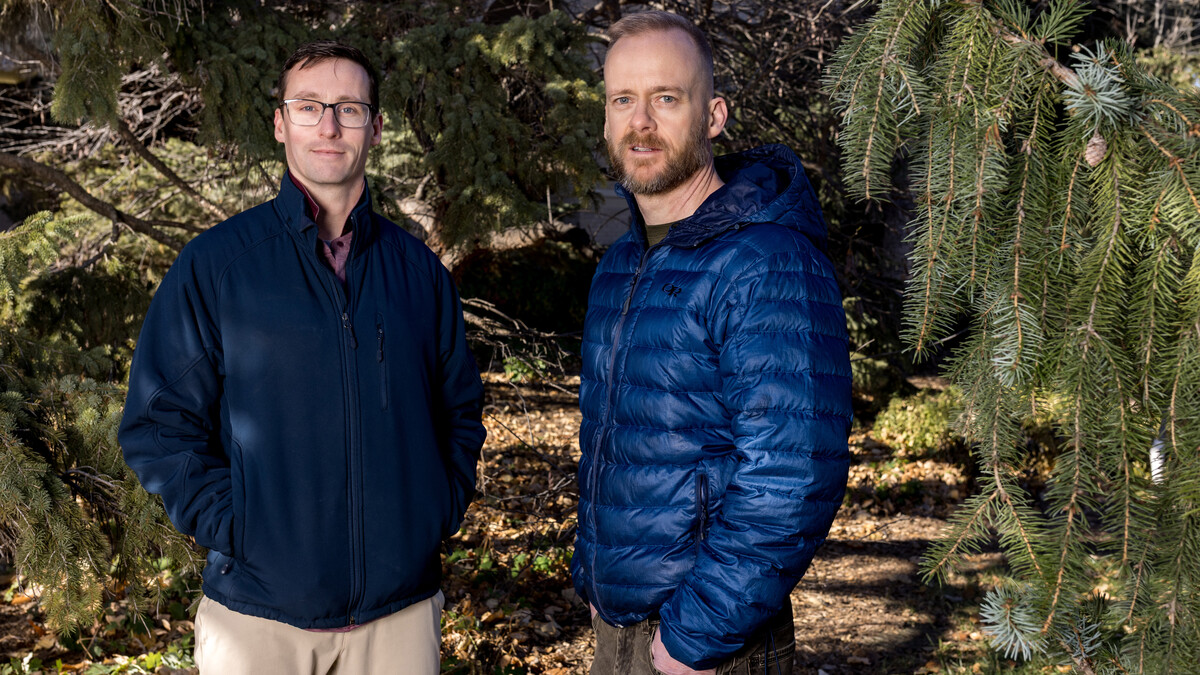
In my work with agricultural families, I’m seeing a growing and difficult reality: many farms and ranches today don’t have a successor within the family. While this absence can simplify parts of estate planning, it often creates deeper, more emotional challenges, especially when legacy and identity are tied to the land.
This article is the ninth in a series supporting farm and ranch owners facing this transition. If you're just joining, I recommend reading the earlier pieces at cap.unl.edu for helpful background.
In the second article of the series, I posed the question, what do you want to happen to your farm or ranch business when you die? A common answer is that owners want to sell their assets and simply distribute the proceeds from these sales to their heirs.
This strategy is often undervalued as a viable solution when the next generation isn’t returning to the business. What is the key reason this strategy deserves more recognition? Control.
Selling assets offers you the ability to manage some of your greatest end of life concerns on your own terms. It's typical for farmers and ranchers to liquidate depreciable assets such as machinery and livestock during their lives, but they often hold onto land and other significantly appreciated assets until they pass away, allowing their heirs to receive a step-up in basis.
Selling assets during your life provides you with the most control over when and how assets are sold, allowing you to generate income necessary for retirement and long-term care, while managing your income taxes, capital gains taxes, and recapture of depreciation.
The key to selling assets while you are alive is having a strategy that often involves selling assets throughout the end of your life rather than all at once. Although “retirement auctions” are popular, they may not be the most tax efficient way to handle the sale of depreciated assets because you not only have to manage income tax, but you will also have to deal with capital gains taxes, and depreciation recapture. Consider selling assets over a 5 to10 year period. Spacing out sales of large collections can help retain the value. Additionally, you can potentially time the market, selling items when it is most advantageous.
Another benefit to selling assets during your life is that you can control who they are sold to. Want to help your tenant, distant family member, or neighbor get started? This can be a great way to pass on your legacy that can benefit everyone.
The third benefit is accurately preparing and pricing assets for sale. Often, I see heirs who are overwhelmed by the amount of stuff that needs to be sold. This can cause heirs to overlook valuable items. Additionally, heirs may not take the time to clean, organize, and research the value of items, leading to lower sale prices. By selling assets while you are alive, you can prepare them for auction and select the best platform to sell them on. Private treaties, Facebook, eBay, and farm auction companies can all be used.
While this seems simple, selling assets during your life does require planning. Work with your team of advisors to develop an asset dispersion strategy, making sure you have adequate income, while minimizing your tax liability.
